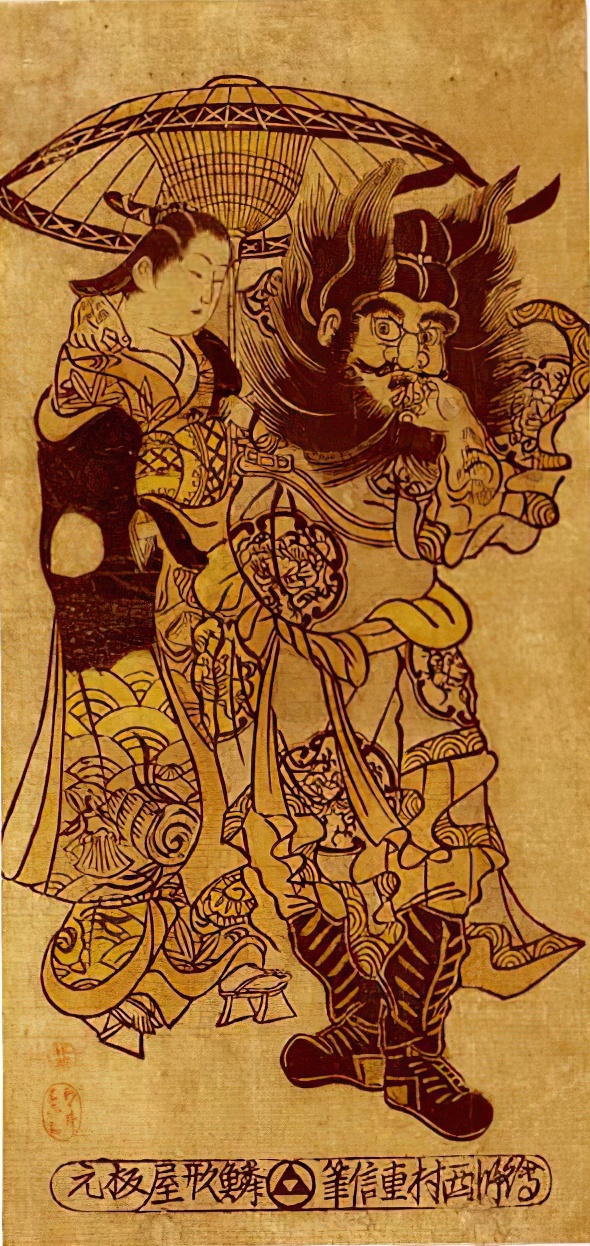Urushi-e

Urushi-e
Urushi-e, the Japanese term for "lacquer picture," encapsulates a traditional genre that marries the intricate craft of lacquer work with the realm of painting and printmaking. This art form is characterized by the use of a lacquer mixed with pigments or the application of thick, dark lines enhanced by a lustrous mixture, giving the artwork an enigmatic depth and sheen.
The origins of Urushi-e can be traced back to the prehistoric Jōmon period, gaining prominence during the Nara period (8th century) with works featuring red lacquer against a black background. In the Edo era, Urushi-e evolved with woodblock prints that employed techniques resembling the rich texture of lacquer. Artists like Okumura Masanobu and members of the Torii school were notable for integrating Urushi-e elements into their prints. These pieces often included mica and metal dusts, adding to the prints' visual appeal and value.
In painting, Urushi-e involved the application of colored lacquers, a method dating back to ancient times and popularized by artists like Shibata Zeshin. Zeshin is lauded for his pioneering use of lacquer as a medium for painted scrolls, innovating with various materials to create diverse effects, even simulating the texture of Western oil paintings.
Today, Urushi-e remains a revered art form, reflecting the skill and creative vision of generations of Japanese artists. It continues to enchant collectors and art enthusiasts with its timeless beauty and the captivating stories each piece holds.
If you are fascinated by the rich tradition of Japanese lacquer art and wish to delve deeper into the world of Urushi-e, sign up for updates. Our curated selection will keep you informed about new acquisitions, exhibitions, and sales that celebrate this magnificent art form.
| Country: | Japan |
|---|---|
| Start of the period: | XVIII century |